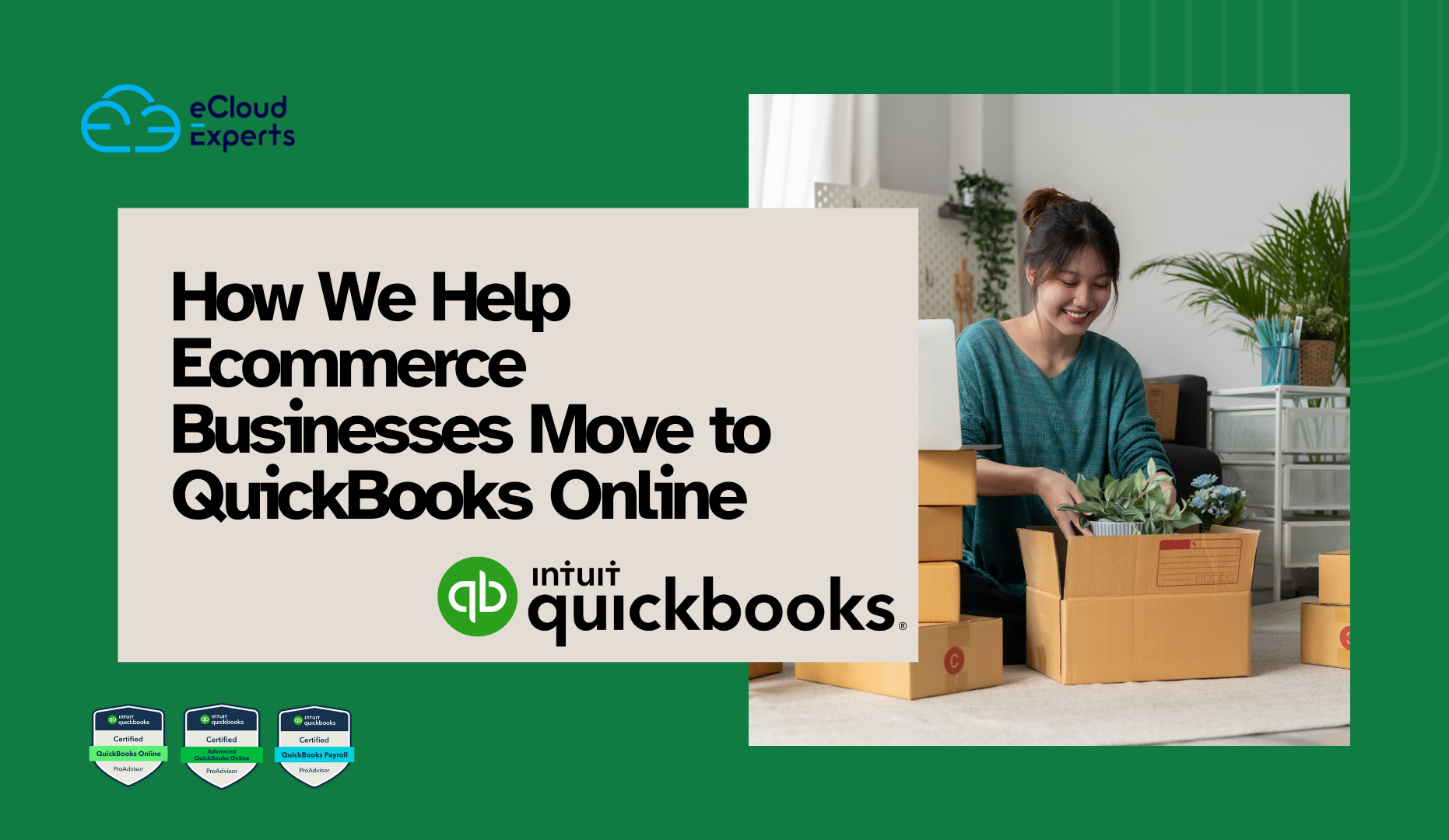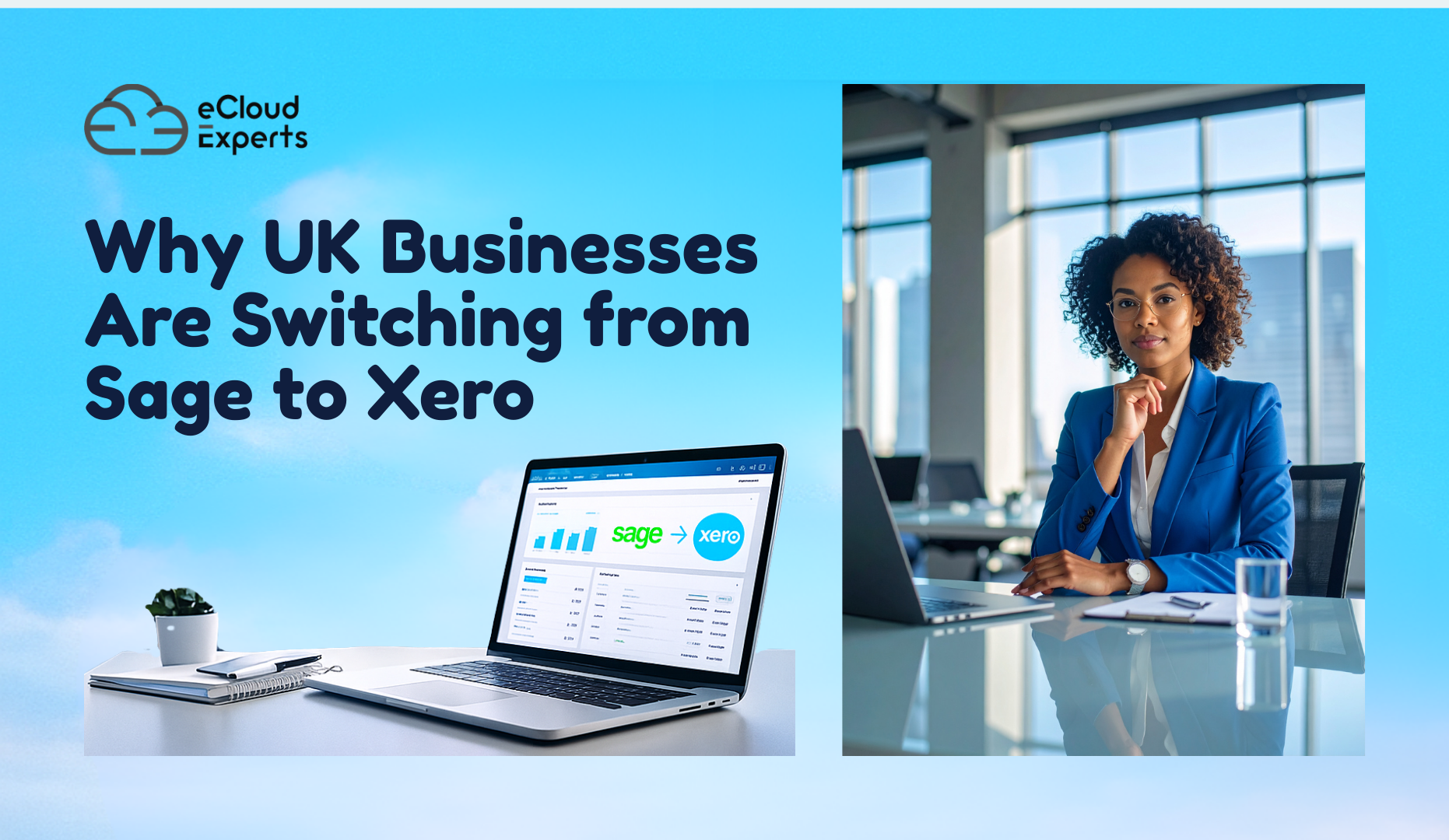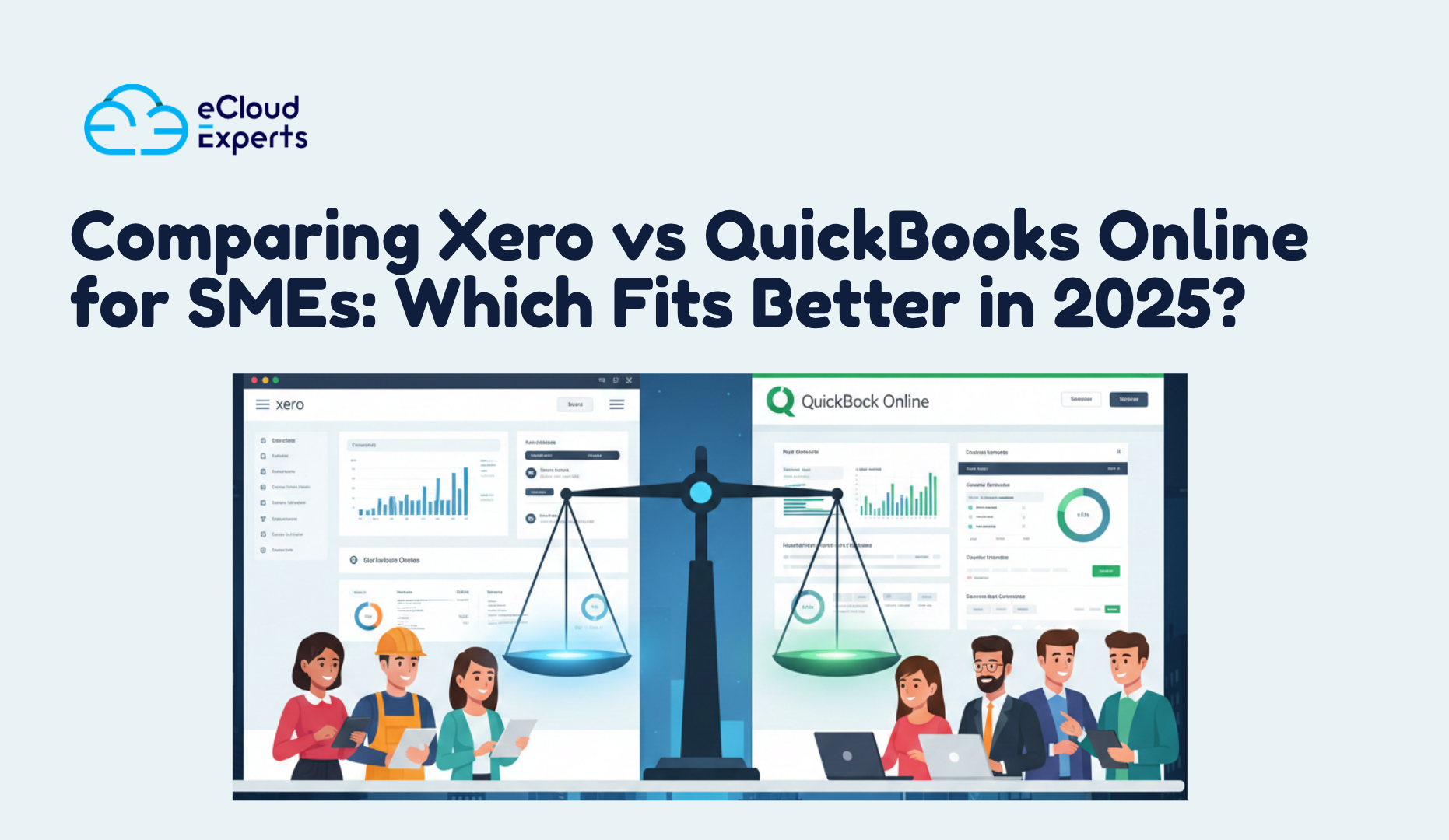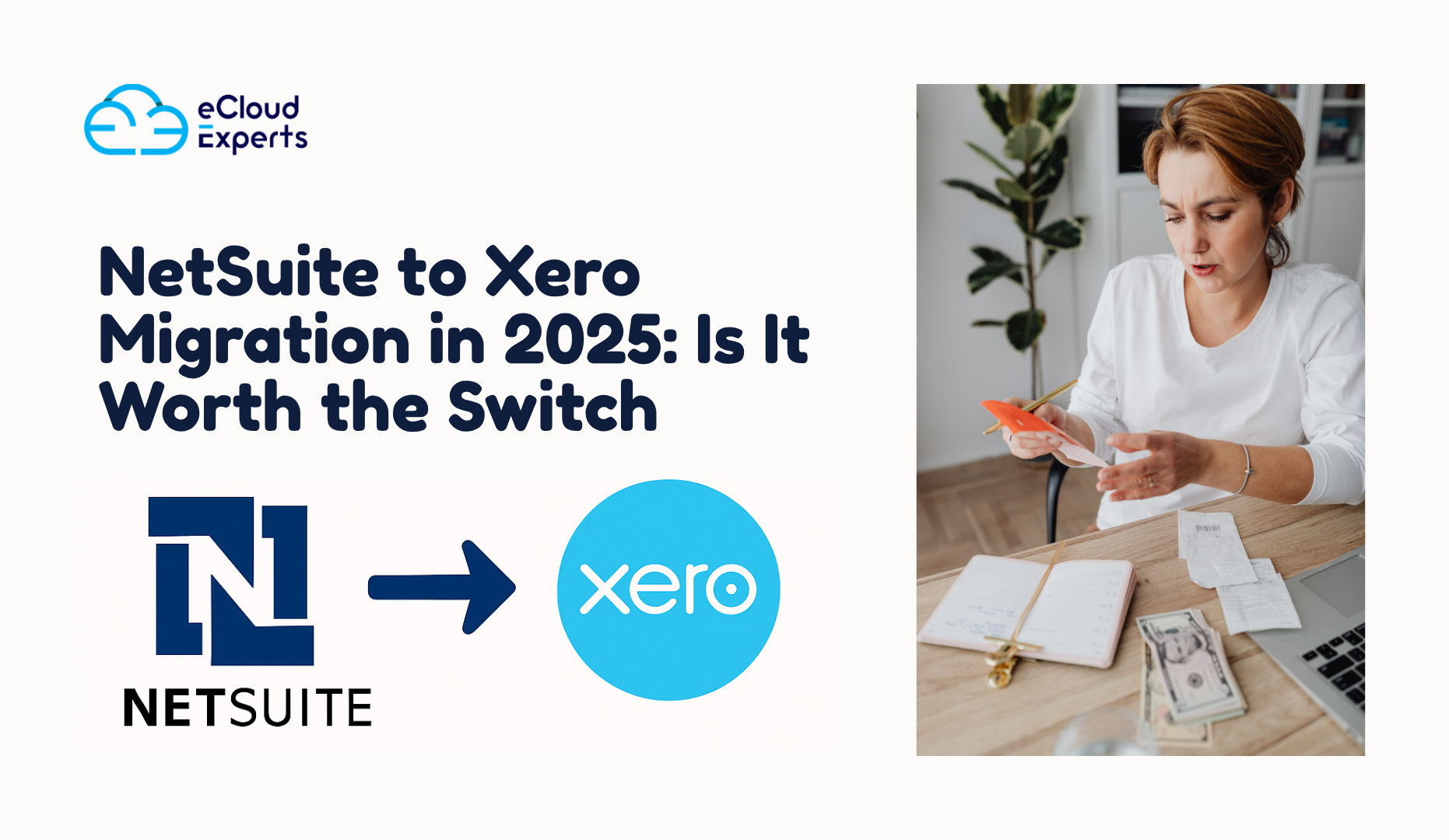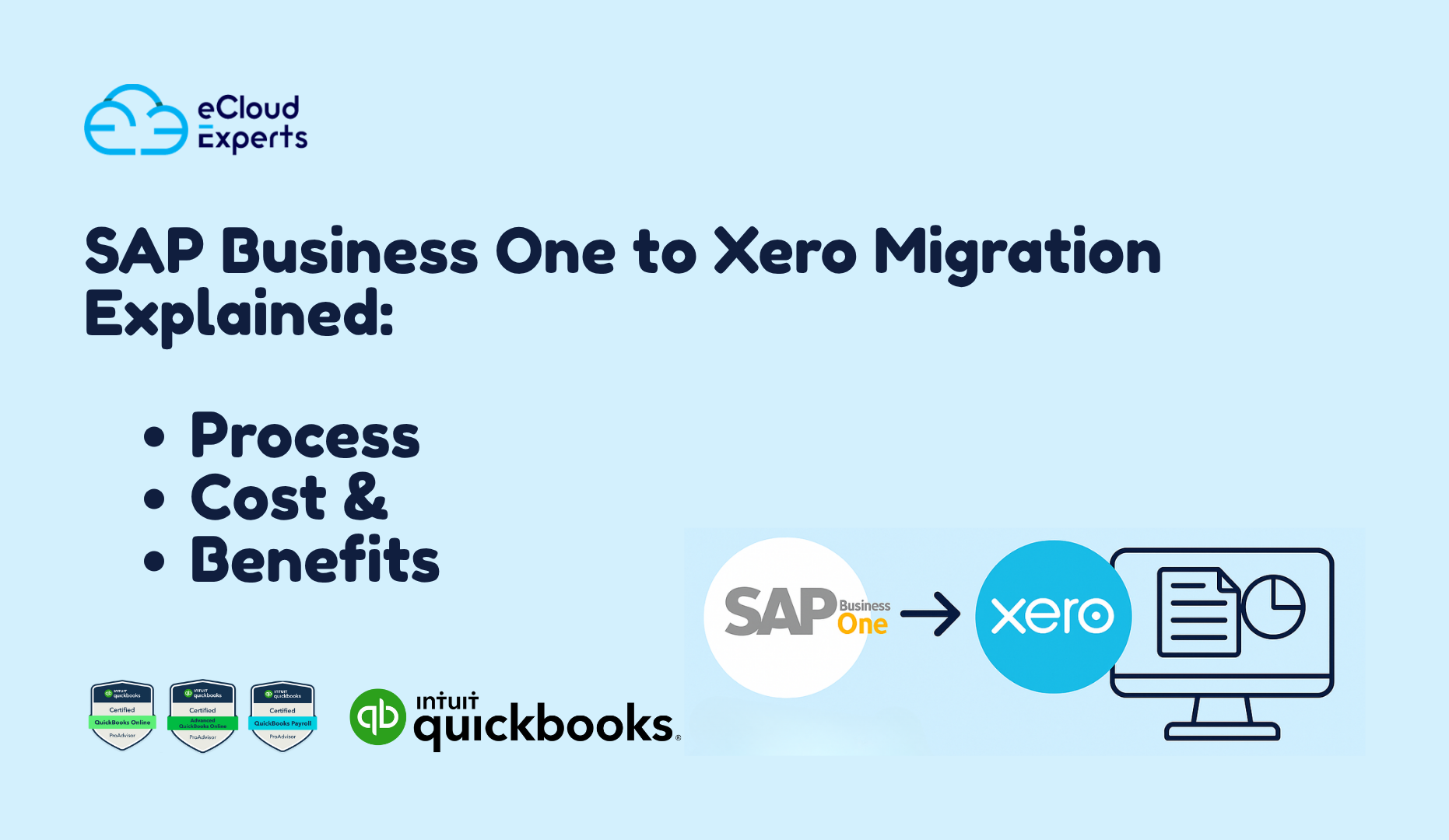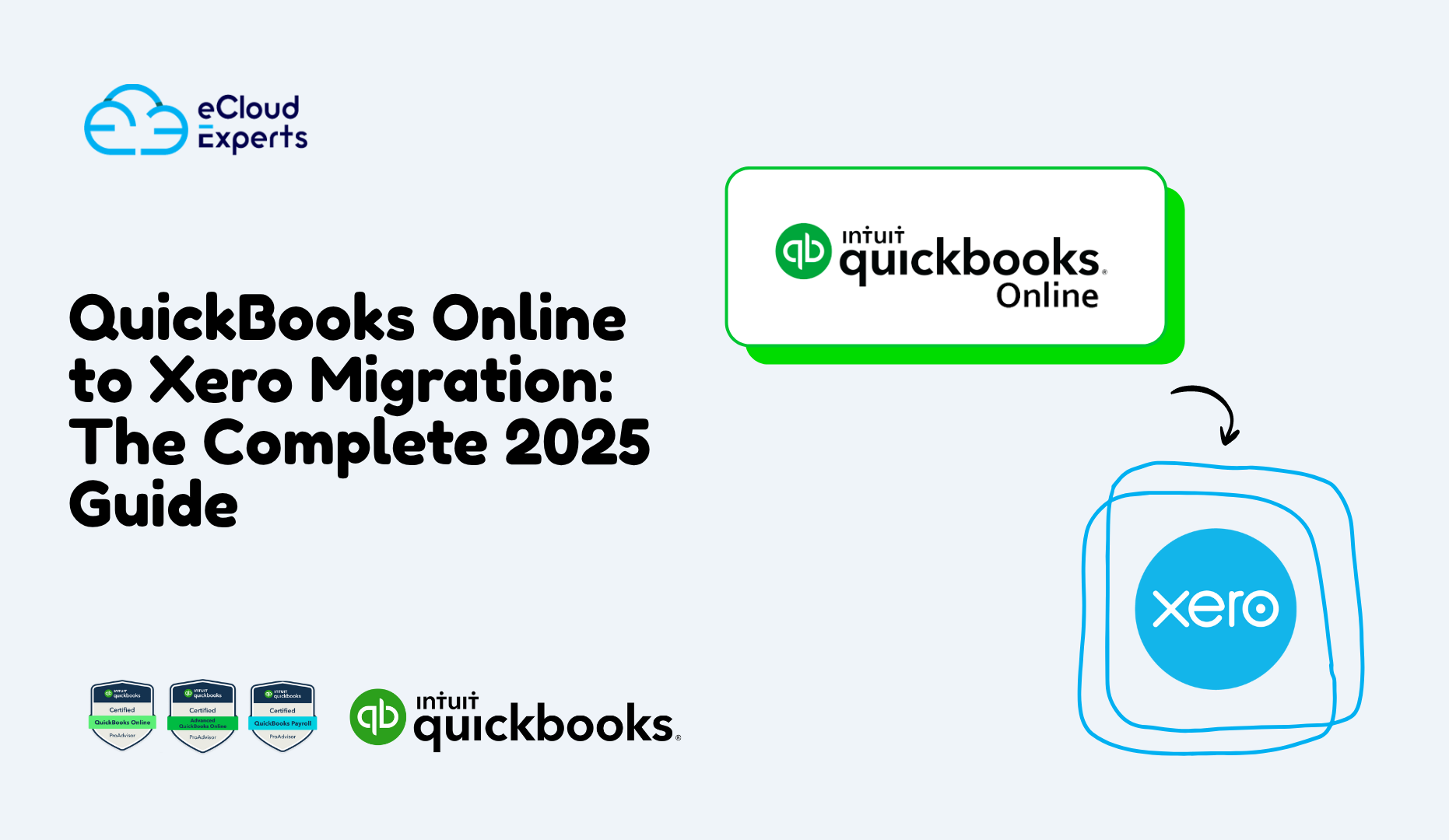Running an online store is exciting, but managing the numbers behind it often feels overwhelming. Every sale brings not just revenue but also fees, taxes, shipping costs, and payouts. When those figures don’t match up with what’s in your bank account, it can leave you second-guessing your books. That’s where setting up the right system makes all the difference.
Many ecommerce owners start with spreadsheets or simple bookkeeping tools. At first, this works. But as sales grow across Shopify, Amazon, or WooCommerce, the gaps become clear. You spend more time chasing reports than focusing on sales. Mistakes creep in, inventory doesn’t line up, and tax reporting becomes stressful. These are the very pain points we solve by guiding businesses through a professional ecommerce QuickBooks Online setup.
The goal is simple: give you clarity, save you hours each week, and make sure your accounts reflect reality. QuickBooks Online is designed with flexibility and integrates with the platforms you already use. The key is knowing how to migrate your data and connect the right apps without losing accuracy. That’s where our team steps in.
Whether you’re moving from Shopify to QuickBooks for the first time or upgrading your current system, the process doesn’t have to be messy. We’ve helped ecommerce sellers migrate their accounts, connect integrations like A2X and Synder, and get their numbers working behind the scenes while they focus on growth.
In this guide, we’ll walk through why QuickBooks Online has become the go-to for ecommerce, the tools that make integrations smooth, and how our process ensures you don’t fall into the common traps. By the end, you’ll see how your store can finally have books that make sense without extra manual work.
Why Ecommerce Businesses Are Switching to QuickBooks Online
If you’ve been selling online for a while, you’ve probably noticed how quickly financial tasks pile up. At first, handling a few sales is manageable, but as orders grow across multiple platforms, the numbers start to get messy. Many ecommerce owners reach this breaking point and begin looking for a smarter solution. That’s usually when QuickBooks Online enters the picture.
The biggest advantage is visibility. QuickBooks Online lets you see sales, expenses, and profits in one dashboard, instead of chasing different reports from Shopify, Amazon, or WooCommerce. With the right ecommerce QuickBooks Online setup, you can match deposits to payouts, track fees, and stay on top of taxes without digging through spreadsheets. This is something small shops and fast-growing brands alike benefit from.
Another reason sellers are moving to QuickBooks is the ecosystem of integrations. Tools like A2X and Synder connect ecommerce platforms directly to QuickBooks Online, making reconciliation far easier. For example, instead of recording every single order manually, these tools summarize sales, fees, and taxes into clean entries that align with your bank deposits. That means no more late nights double-checking numbers or worrying about errors.
We’ve seen many store owners who started by moving their data from Shopify to QuickBooks and immediately noticed how much smoother their reporting became. Suddenly, month-end didn’t mean stress and confusion. It meant having confidence in your numbers and knowing that what QuickBooks shows actually matches your sales activity.
QuickBooks Online is also cloud-based, which makes it accessible anywhere. Whether you’re traveling, managing a team, or hiring a bookkeeper, everyone can access the same up-to-date data. For ecommerce brands growing fast, this flexibility is a game-changer.
The shift to QuickBooks isn’t just about convenience it’s about scaling with confidence. With the right migration process, ecommerce owners can stop worrying about the books and start focusing on growth. And that’s exactly what we help businesses achieve.
Choosing the Right QuickBooks Setup for Ecommerce
Not all online businesses look the same, and neither do their accounting needs. A small Shopify store selling handmade goods won’t need the same setup as a multi-channel brand running sales through Shopify, Amazon, and WooCommerce. That’s why choosing the right version and structure of QuickBooks Online is one of the most important steps in the migration process.
The first decision is between QuickBooks Online and QuickBooks Commerce. For many stores, a simple ecommerce QuickBooks Online setup works perfectly. It lets you track income, manage expenses, and connect integrations that bring in sales data from different platforms. But when a business handles hundreds or thousands of SKUs, QuickBooks Commerce adds advanced inventory and order management that regular QuickBooks Online can’t fully cover.
We often guide store owners who are moving from Shopify to QuickBooks through this choice. For example, a growing Shopify brand might find QuickBooks Online more than enough in the early stages. It provides clear financial visibility and supports tools like A2X for clean payout syncing. But if that brand later expands to Amazon and starts dealing with bulk inventory, then QuickBooks Commerce may be the smarter fit.
The second part of the setup is mapping your Chart of Accounts. This is where many migrations go wrong. If fees, shipping, and discounts aren’t mapped properly, your reports won’t reflect the real picture. During an ecommerce QuickBooks Online setup, we align categories with how your store operates, making sure sales, taxes, and COGS are tracked accurately. This prevents confusion later when you’re analyzing profitability or preparing tax returns.
Integration choices also play a role. Some sellers only need a light connection, while others need detailed order-level syncing. For businesses moving Shopify to QuickBooks, A2X works best for summarizing payouts, while Synder is ideal for multi-channel sellers who want more detail and inventory tracking. Picking the wrong tool can make reconciliation harder instead of easier, so careful selection is key.
In the end, the right setup comes down to your store’s size, sales channels, and reporting needs. A setup that’s too basic will leave you patching gaps, while one that’s too advanced can add unnecessary complexity. With expert planning, your QuickBooks system will feel like it was built for your business.
Shopify to QuickBooks Migration: What Sellers Need to Know
If you run your store on Shopify, you already know how quickly sales can add up. What seems simple on the storefront often becomes complicated once those sales hit your bank account. Payouts rarely match daily sales, fees come out in chunks, and tax reporting can feel impossible to track. That’s why many Shopify sellers look at moving their data into QuickBooks — but doing it right takes planning.
The first thing to understand about a Shopify to QuickBooks migration is that not all sales data transfers the same way. Shopify records orders as they happen, but your bank only shows deposits after Shopify deducts fees, taxes, and adjustments. If you migrate without the right setup, your numbers won’t reconcile. That’s why the process needs a carefully planned ecommerce QuickBooks Online setup.
One of the biggest mistakes sellers make is trying to push every order directly into QuickBooks. While it sounds logical, it often creates clutter. Imagine thousands of daily entries bogging down your books. Instead, tools like A2X summarize sales into neat journal entries that match your deposits. When moving from Shopify to QuickBooks, this method keeps your records clean and easy to reconcile.
Another key detail is tax handling. Shopify collects different types of taxes depending on where your buyers are. If those aren’t mapped correctly during your migration, your reports will never match reality. We make sure your ecommerce QuickBooks Online setup includes the right tax codes, so your reports stay accurate across states or even countries.
Inventory is another area sellers can’t overlook. Migrating from Shopify to QuickBooks isn’t only about sales — it’s about making sure inventory, discounts, and shipping fees are all categorized properly. Without that, you risk overreporting income or missing expenses.
The good news is that with the right approach, a Shopify migration doesn’t have to be painful. We’ve guided many sellers through this transition, helping them map accounts, connect tools, and test the system before going live. By the time their first payout syncs, the numbers match perfectly. That confidence lets store owners focus less on bookkeeping and more on growing sales.
Spotlight on A2X, Synder, and Other Tools
Every ecommerce seller knows that bookkeeping software is only as strong as the tools that connect to it. QuickBooks Online can manage your accounts beautifully, but without the right integrations, it won’t capture the full picture of your sales. This is where platforms like A2X and Synder make a huge difference. They bridge the gap between ecommerce platforms and accounting systems, turning raw data into accurate financial records.
A2X is one of the most popular choices for Shopify and Amazon sellers. Instead of sending every order into QuickBooks, it creates summary entries that match your payout reports. When moving from Shopify to QuickBooks, this makes reconciliation straightforward. You log into QuickBooks, and the numbers line up perfectly with what’s in your bank account. That accuracy saves hours each month and reduces the stress of trying to balance reports.
Another strength of A2X is its consistency. For ecommerce businesses, cash flow can fluctuate depending on promotions, seasons, or platform fees. A2X ensures that every Shopify or Amazon payout is summarized the same way. During an ecommerce QuickBooks Online setup, we often recommend A2X to sellers who want reliable, hands-off entries that keep their books clean.
Synder works differently but is just as powerful. Instead of only creating summaries, Synder can sync every transaction with details like discounts, taxes, and shipping. For multi-channel sellers, this provides deeper insight into where money comes in and where it goes. It also tracks inventory and cost of goods sold, which makes it a strong option for businesses that need more than basic financial visibility. Many of our clients switching from Shopify to QuickBooks choose Synder when they want that extra layer of detail.
The best part about Synder is flexibility. If you only want summaries, it can do that. If you want order-level data for a clearer picture of performance, it can do that too. When combined with a structured ecommerce QuickBooks Online setup, it gives business owners the control to decide how detailed their bookkeeping should be.
Other tools like Amaka also deserve mention. While less known than A2X or Synder, Amaka provides integration for platforms like WooCommerce and POS systems. For sellers who operate across different storefronts, having a flexible tool like Amaka ensures that QuickBooks can capture sales wherever they happen.
The key takeaway is that no single tool is right for everyone. A small Shopify brand moving from Shopify to QuickBooks might find A2X perfect because it simplifies reconciliation. A fast-growing multi-channel seller may need Synder to track inventory and detailed orders. What matters most is matching the right integration with the way your business runs.
With expert guidance, these tools transform QuickBooks from simple accounting software into a system that reflects your entire ecommerce operation. And once the integrations are in place, you’ll spend less time fixing errors and more time focusing on growth.
Expanding Beyond Shopify: Amazon and WooCommerce Sellers
Ecommerce rarely happens on a single platform anymore. Many brands start on Shopify, but as sales grow, they expand into marketplaces like Amazon or run their own WooCommerce sites. While this boosts revenue potential, it also adds more complexity to the books. Different platforms pay out in different ways, fees vary, and reports don’t line up neatly. This is where a strong QuickBooks migration makes all the difference.
For Amazon sellers, payouts work on a settlement cycle, usually every two weeks. These settlements include not only sales but also fees, returns, and even advertising charges. Without the right integration, trying to reconcile Amazon reports inside QuickBooks becomes a nightmare. That’s why we often pair Amazon businesses with A2X. It converts those messy settlement reports into clean summaries that QuickBooks can handle. When combined with an ecommerce QuickBooks Online setup, Amazon sales start flowing into the books in a way that makes sense.
WooCommerce brings another set of challenges. Because it’s a flexible, open-source platform, the way data moves into QuickBooks depends heavily on the plugins used. Many WooCommerce sellers try direct syncing and find themselves with mismatched deposits or incomplete records. The smarter option is to use dedicated tools like Amaka or Synder to ensure WooCommerce transactions are properly summarized. When migrating from Shopify to QuickBooks and adding WooCommerce into the mix, we build workflows that capture both sales channels without doubling entries or leaving gaps.
Multi-channel sellers face even bigger hurdles. One client might sell on Shopify, Amazon, and WooCommerce all at once. Each platform has its own fees, timelines, and tax rules. A typical spreadsheet-based approach simply can’t keep up. But with the right setup, QuickBooks can handle it all. We customize the Chart of Accounts, set up clearing accounts, and use integrations that feed each sales channel into QuickBooks. The result is one financial dashboard that reflects the entire business.
The value of this approach becomes clear during tax season or investor reporting. Instead of scrambling to piece together numbers from three different platforms, sellers have everything ready in QuickBooks. That’s the power of a carefully planned ecommerce QuickBooks Online setup.
Many of these projects start with a seller who has already moved from Shopify to QuickBooks and then needs to expand further. Because their foundation is already solid, adding Amazon or WooCommerce doesn’t create chaos. Instead, it becomes a natural extension of their existing system. This is why we stress planning migrations with growth in mind — the right structure today prevents accounting headaches tomorrow.
Whether you sell on one platform or three, QuickBooks Online can scale with your business. The key is making sure each sales channel is integrated properly and reconciled against real bank activity. Done right, you’ll always know where your money comes from and where it’s going — without endless manual work.
Our Step-by-Step Migration Process
When it comes to moving your ecommerce business into QuickBooks, success isn’t just about connecting apps. It’s about having a clear plan and following each stage carefully. Over the years, we’ve guided Shopify, Amazon, and WooCommerce sellers through this journey, and we’ve refined a process that works every time. Here’s how we approach a professional migration.
1. Onboarding and Planning
We start by understanding your current setup. Do you sell only on Shopify, or do you also list on Amazon and WooCommerce? Do you have historical records you want to keep, or are you focusing on a fresh start? By answering these questions, we design the migration around your needs. A smooth ecommerce QuickBooks Online setup starts with knowing what data matters most and how you want to use it in the future.
2. QuickBooks Setup
Once the goals are clear, we configure QuickBooks Online. This includes setting up your Chart of Accounts, mapping bank feeds, and creating the right tax profiles. Many sellers who move from Shopify to QuickBooks discover that their old account categories don’t reflect the complexity of ecommerce. We adjust these structures so that fees, shipping, discounts, and cost of goods sold all flow into the right places.
3. Platform Integration
The next step is connecting tools like A2X, Synder, or Amaka. This ensures that sales data, fees, and taxes from each platform are automatically transferred into QuickBooks. The choice of tool depends on your business. For sellers focused mainly on Shopify, A2X works perfectly for clean payout reconciliation. For multi-channel sellers, Synder is often the better fit because it syncs more detail. Either way, the goal is to make your ecommerce QuickBooks Online setup accurate and automated.
4. Data Mapping and Customization
Integrations only work well when accounts are mapped correctly. If sales are posted to the wrong categories, reports quickly lose their meaning. During a Shopify to QuickBooks migration, for example, we ensure that every tax code, product line, and fee type matches the right account in QuickBooks. This attention to detail pays off later when you run reports or prepare taxes.
5. Historical Data Import
Some sellers want to carry over past transactions for reporting or tax purposes. In those cases, we import historical Shopify or Amazon sales into QuickBooks. Tools like Synder allow backdated syncing, which makes it possible to have a full financial history in one place. Whether you’re starting fresh or migrating years of records, we can tailor the process to your needs.
6. Testing and Validation
Before going live, we test the system. This means comparing QuickBooks entries against Shopify payouts, Amazon settlements, or WooCommerce reports. If anything doesn’t line up, we fix it before finalizing. Sellers often find this step reassuring, since they can see for themselves that the numbers match. It’s one of the most important parts of any ecommerce QuickBooks Online setup.
7. Training and Support
After migration, we don’t just leave you with a new system. We train you and your team on how to use QuickBooks Online effectively. For store owners moving from Shopify to QuickBooks, this includes showing how to reconcile payouts, review reports, and keep everything running smoothly.
8. Ongoing Optimization
Ecommerce never stands still, and neither should your accounting. As you add sales channels, expand internationally, or scale inventory, we revisit the setup to make sure QuickBooks continues to support your growth. With regular check-ins and updates, your books stay accurate and ready for any challenge.
At the end of this process, your migration doesn’t just deliver a new accounting tool — it delivers peace of mind. Your numbers finally make sense, and you can trust that QuickBooks is giving you a real picture of your business.
Conclusion & Next Steps
Every ecommerce seller knows how easy it is for bookkeeping to fall behind. One missed reconciliation turns into weeks of confusion, and suddenly the numbers don’t reflect reality. The good news is that with the right system, you don’t have to keep fighting with your accounts.
QuickBooks Online has become the go-to choice for online sellers because it connects directly with the platforms they use most Shopify, Amazon, and WooCommerce. With the right integrations in place, sales, fees, and taxes flow automatically into your books. The result is less time spent entering data and more time focusing on your store’s growth. A professional ecommerce QuickBooks Online setup ensures that everything works as it should from day one.
At eCloud Experts, we’ve helped countless ecommerce brands move their data, configure integrations like A2X and Synder, and test every detail until the books are accurate. Our approach is designed for businesses that want clarity, efficiency, and peace of mind.
If you’re ready to stop wrestling with spreadsheets and start running your store with confidence, we’re here to help. Get in touch with our team today and see how easy your next migration can be.

